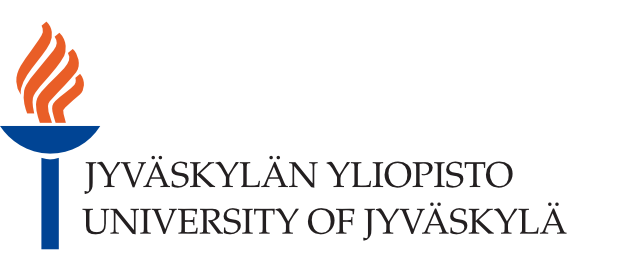 |
Department of Mathematics and Statistics Faculty of Mathematics and Science |
|
Home
Complex analysis 2 (MATS122), period 4, 2024This course is a continuation of Complex analysis 1 from period 3. We will cover important properties of analytic functions that were omitted in the first part. These include the characterization of analytic functions in terms of power series, the geometric approach in terms of conformal mappings, and the fundamental Riemann mapping theorem. We will also develop complex integration further and discuss the general form of Cauchy's theorem and residue calculus. InstructorsThe lectures are given by Mikko Salo (office MaD359), and exercise sessions by David Johansson (office MaD236). You are very welcome to contact the instructors at their offices or by email. ScheduleThe lectures are Thursdays and Fridays at 10.15-12.00 in room MaD381 (21 March-10 May, no lectures on 28-29 March). Exercise sessions are Fridays at 12.15-14.00 in MaD355 (5 Apr-17 May). If you cannot make it to the exercise session, you can return your written answers to David Johansson (by email, or to mailbox) BEFORE the session. We have covered the following topics in the lecture notes:
MaterialLecture notes (24.4., in English), Luentomuistiinpanot (in Finnish) The lecture notes are due to Antti Vähäkangas and Tero Kilpeläinen, and they contain references to Complex analysis 1 notes (in Finnish) by Tero Kilpeläinen.
Exercises 1 (05.4., in English and Finnish), solutions Another set of lecture notes may be found here (by Behnam Esmayli, in English). As additional reading, one could use the following textbooks:
PrerequisitesComplex analysis 1. CompletionThe course can be taken for credit (5 cr) by attending the lectures and exercises, completing at least 30 % of the exercises, and taking the course exam on 22 May or on 29 May. It is possible to answer in Finnish or English. The course exam will have a maximum of 30 points, and 15 points are required to pass. It is possible to get bonus points to the course exam by completing exercises as follows:
|